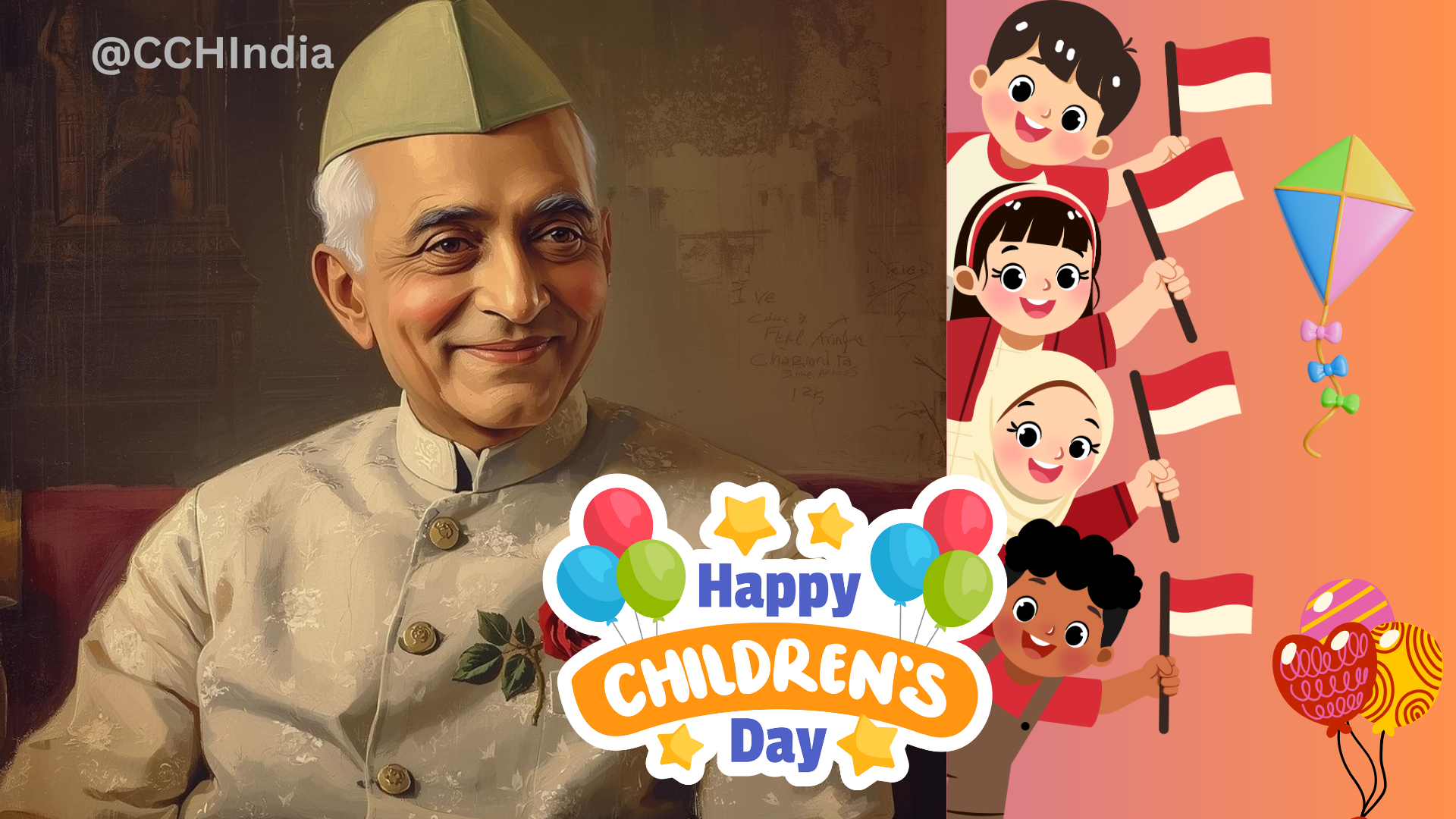1000 word essay on Quit India Movement
Mahatma Gandhi initiated the quit India movement at Gowalia Tank Maidan in Mumbai, which is also referred to as August Kranti Maidan. It was here that he and other leaders convened on August 8 and 9, 1942. The movement resulted in the declaration of Congress as an illegal association and the raiding of its offices across the nation. The leaders were taken into custody, and this incident led to a chaotic moment.
Facts about the Quit India Movement
Also referred to as August Kranti or the India August Movement. On August 8, 1942, the Indian National Congress (INC), led by Mahatma Gandhi, formally introduced it. August 1942 is noted as the month/year of the Quit India Movement on knowindia.gov.in. The movement adopted the catchphrases "Bharat Chodo" or "Quit India." Gandhi urged the populace to "do or die." It was intended to be a nonviolent, nonviolent movement in keeping with Congress ideology, pushing the British to give India independence. On August 8, 1942, in Bombay, the Congress Working Committee passed the Quit India Resolution. The movement chose Gandhi as its leader. An immediate end to British rule over India was one of the resolution's main demands. A proclamation of free India's determination to protect itself from all forms of fascism and imperialism. Establishment of an interim Indian government following the departure of the British.
approving a campaign of civil disobedience against British authority.
Gandhi's directives to different public segments:
- Government employees: declare your allegiance to the INC rather than quitting your position.
- Troops: stay in the army, but don't shoot your fellow citizens.
- Peasants: if the landlords/zamindars are against the government, pay the agreed-upon rent; if they are in favour of it, do not pay the rent.
- Students: if they feel sufficiently confident, they can stop studying.
- Princes, uphold the sovereignty of the people and show them support.
- Citizens of princely states should identify as Indian nationalists and only support their ruler if they oppose government.
Reasons behind the Quit India Movement: Why was it started?
- With the outbreak of the Second World War in 1939, Japan—one of the Axis Powers opposing the British—was encroaching on India's northeastern borders.
- The people of South-East Asia were left in the dark by the British, who had abandoned their lands. The Indian populace, who doubted the British's capacity to protect India against Axis aggression, did not take this act very well.
- Gandhi also thought that Japan would not have sufficient justification to invade India if the British left.
- In addition to learning of British defeats in the conflict, the wartime hardships, like the high cost of necessities, stoked discontent with the British government.
- In addition, the INC called for a widespread campaign of civil disobedience because the Cripps Mission had failed to provide any sort of constitutional remedy for India's problems.
Reaction to the Quit India Campaign
The very next day, in response to Gandhi's call, the British government arrested every significant Congress leader. An arrest was made of Gandhi, Nehru, Patel, and others. As a result, younger leaders like Jayaprakash Narayan and Ram Manohar Lohia took up leadership of the movement. From the leadership void, new leaders such as Aruna Asaf Ali emerged. More than 100,000 individuals were detained in relation to this movement. To put an end to the unrest, the government used force. There were lathi charges and mass floggings. Children and women were not exempt either. In all, police shootings claimed the lives of about 10,000 people. There was no violence among the people. The INC was outlawed. Its leaders spent nearly the entire conflict incarcerated. Gandhi was freed in 1944 due to health concerns. The public gave Gandhi's call a very positive response. But there were isolated incidents of violence and destruction of government property when there was no leadership. Numerous buildings were set on fire, power lines were severed, and transportation and communication networks were disrupted. The movement was not backed by certain parties. The Muslim League, the Communist Party of India (whose ban was lifted at the time), and the Hindu Mahasabha expressed opposition.
The League opposed the British leaving India without first dividing the nation. Jinnah actually urged more Muslims to join the armed forces in order to fight in the war. Because the British were allied with the Soviet Union, the Communist party supported the war that the British were waging. By this point, Subhas Chandra Bose was operating from abroad to organise the Azad Hind government and the Indian National Army. C Rajagopalachari left the INC because he did not support total independence. The Quit India Movement was generally not supported by the Indian bureaucracy. Protests and strikes took place across the nation. By refusing to work in the factories, workers supported the movement even though the communist group did not. Parallel governments were also established in certain locations. For instance, Ballia, Tamluk, and Satara.The movement's main focal points were Karnataka, Maharashtra, UP Bihar, and Mumbai. Up to 1944, the movement persisted.
What the Quit India Movement Achieved and Why It Was Important?
The government used harsh suppression tactics, but the people remained unfazed and carried on with their struggle. The movement emphasised that India could not be ruled without the support of the Indian people, despite the government's claim that independence could only be granted after the war. The movement prioritised the demand for total independence over all other demands. Anti-British sentiment and public morale were raised.






